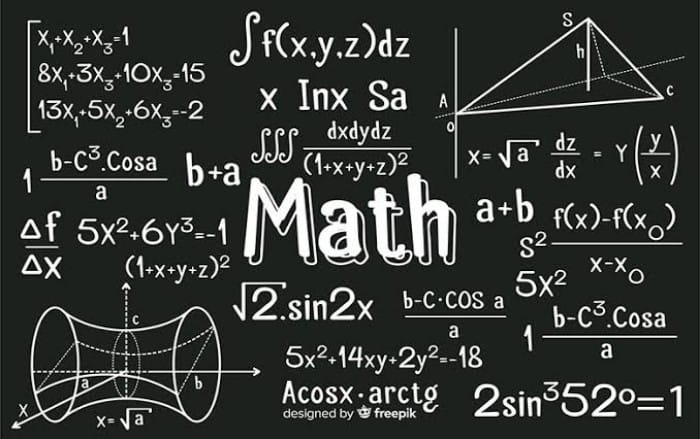Solving the equation xx*x*x = 2 is an interesting challenge that involves understanding both basic algebra and the properties of exponential functions. Let’s break down the process step-by-step in an informative and detailed manner.
Understanding the Equation
Firstly, it’s important to understand the equation itself. The equation xx*x*x = 2 is a form of an exponential equation where the base and the exponent are the same variable. In a more standard form, it can be written as ( x^{x^2} = 2 ).
Step 1: Logarithmic Transformation
To solve this equation, the first step is to apply logarithms. The reason for using logarithms is that they are particularly effective in dealing with equations where the variable is in an exponent. We can apply the natural logarithm (ln) to both sides of the equation:
[ \ln(x^{x^2}) = \ln(2) ]
Step 2: Simplifying Using Logarithmic Properties
Now, use the property of logarithms that allows us to bring the exponent down as a multiplier. The equation becomes:
[ x^2 \cdot \ln(x) = \ln(2) ]
This step simplifies the equation by bringing the variable out of the exponent, making it more manageable.
Step 3: Further Transformation
This equation is still not straightforward to solve, as it involves both a logarithmic function and a quadratic term. To proceed, one common approach is to set ( x^2 \cdot \ln(x) – \ln(2) = 0 ) and solve for x. This could be approached by numerical methods such as the Newton-Raphson method, as finding an algebraic solution might be complex or impossible.
Step 4: Numerical Solution
The Newton-Raphson method is an iterative numerical method used to find approximations to the roots (or zeroes) of a real-valued function. In this case, we would define a function:
[ f(x) = x^2 \cdot \ln(x) – \ln(2) ]
and its derivative, and then apply the Newton-Raphson iteration:
[ x_{n+1} = x_n – \frac{f(x_n)}{f'(x_n)} ]
This process is repeated until the value converges to a stable solution, which would be the value of x that solves the original equation.
Conclusion
Solving ( x^{x^2} = 2 ) is not straightforward and requires a blend of algebraic manipulation and numerical methods. The key lies in transforming the equation using logarithms and then applying a numerical method like the Newton-Raphson method to find a solution. This process highlights the beauty and complexity of mathematics, where sometimes the path to the solution is as intriguing as the solution itself.

